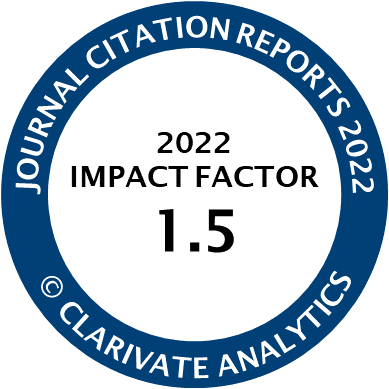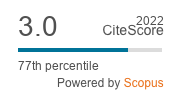Article | Open Access
“Improving Our Way of Life Is Largely in Our Own Hands”: Inclusion according to the Romani Newspaper of Interwar Yugoslavia
| Views: | 1599 | | | Downloads: | 992 |
Abstract: The only Romani newspaper of interwar Yugoslavia, Romano lil/Ciganske novine (the latter meaning ‘Gypsy newspaper’ in Serbian), was published in Belgrade in 1935 comprising only three monthly issues. The most prominent Yugoslav Romani activist of the time, Svetozar Simić, was the editor of the newspaper, giving tribute to his visions of what Roma should do for the prosperity of their own community. In terms of content, the newspaper articles seem to be strategically thought-out with the aim of creating a narrative about the Roma, as people united by common culture and historical memory, equal to the other people of the Yugoslav Kingdom, who needed to be included in all processes of the social and public sphere. This article looks into the essence of some messages that the newspaper conveys regarding Roma’s social inclusion, such as (1) education and professional training as a key for a better future, (2) the need for Roma to be more engaged and to self-organise as a community and (3) the fight against majority misconceptions about the Gypsies. The article presents and analyses these three elements of Svetozar Simić’s visions for Romani social inclusion as presented in his editorial pieces. The analysis also pays attention to the resemblances between some of the main messages of the Romani activism in the interwar period and the activism for Roma inclusion in later periods, including parallels during the time of Yugoslav Socialism and the period of democratic transition up until today.
Keywords: education; inclusion; interwar Yugoslavia; minorities; newspaper; Romani activism; Romani journalism; Romano lil/ Ciganske novine; Serbian Gypsies; Svetozar Simić
Published:
© Sofiya Zahova. This is an open access article distributed under the terms of the Creative Commons Attribution 4.0 license (http://creativecommons.org/licenses/by/4.0), which permits any use, distribution, and reproduction of the work without further permission provided the original author(s) and source are credited.




